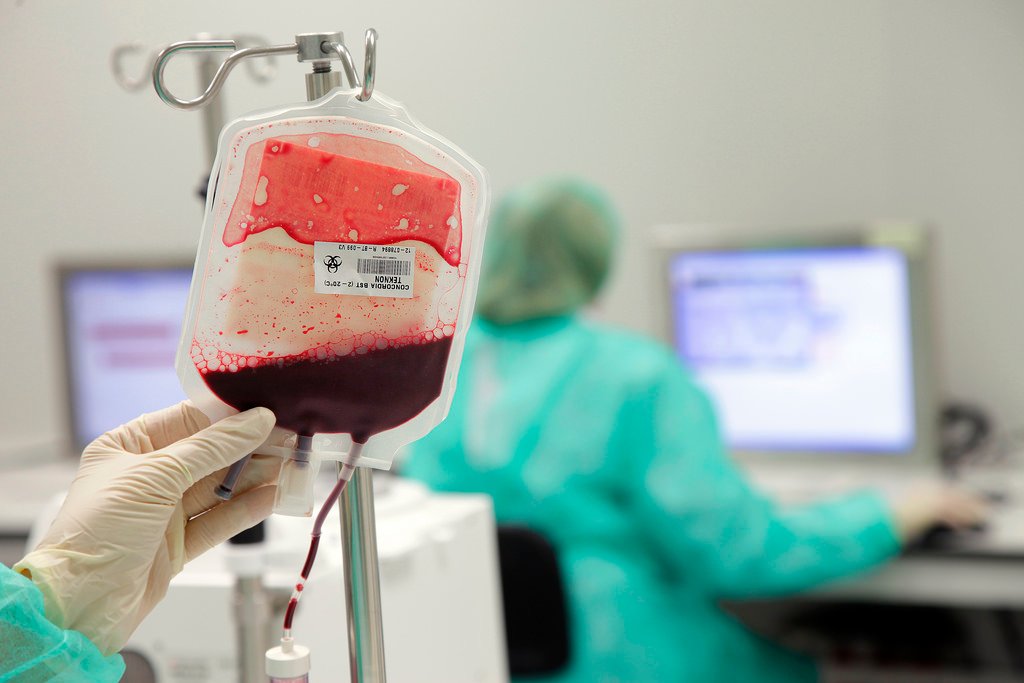LifeCell becomes India’s biggest cord blood stem cell registry for unrelated use
August 08, 2017 | Tuesday | News
Achieves landmark milestone within four months of launch of revolutionary banking model
Courtesy- Flickr
In spite of being a highly populated country, India has lacked availability of donor cord blood samples and registered bone marrow donors. The number of cord blood units preserved with public banks in India is collectively around 5,000. The probability of finding a matching unit from this small inventory is low, leaving over 70% of Indian patients requiring donor stem cells in the lurch. According to an ICMR study only when the inventory increases to >250,000 would almost every patient find a match.
In order to address this challenge, LifeCell had earlier this year, launched the community stem cell banking model that works on the concept of sharing of stem cells among a community of families banking with the company. Within just four months of launch, the registry has recorded preservation of over 5,000 qualified units available for sharing with an unrelated patient within the community. While LifeCell has surpassed the collective number of available samples across public banks in the country, this is however just the beginning, as the company expects its existing customer base to upgrade to the community banking model and grow this number 10 times larger by the end of the year. Combined with its organic growth rate it's only a matter of a few years when soon every patient will have access to a well matched cord blood units vital for a life-saving transplant.
Importantly it's not just quantity that matters but also the quality. All the units in the registry meet the current US FDA standards for listing, thereby addressing the concern that the medical fraternity world over has on the quality of samples stored in private banks. LifeCell will also undertake the high-cost, high resolution HLA typing of samples, based on next generation sequencing. This brings a host of benefits as against the relatively low-cost, low-resolution HLA typing, including:
- Greater chance of finding a match. Traditional HLA sequencing can lead to incomplete HLA information hampering the chances of finding a match
- Better matching leading to better treatment outcomes giving transplant physicians, the confidence on the quality of the sample
Speaking about the milestone, Mr. Mayur Abhaya, CEO, LifeCell said “The community banking model amalgamates the open access of a public bank with the availability of precious, vast yet underutilized stem cell resources of a private bank, all this at no additional cost and within the framework of a community. This has laid the ground for the creation of an unprecedented, Indian origin stem cell registry. We envision a time, in the not too distant future, when families in need of stem cells for transplants have to look no further than our registry for matching samples. Our hi-resolution sequencing of HLA typing would escalate the standards in the search of matching units for transplants. A country with such a large population deserves this and we believe our endeavour would ensure that in the coming times, patients would have no inferior access to high quality, well matched samples.”










